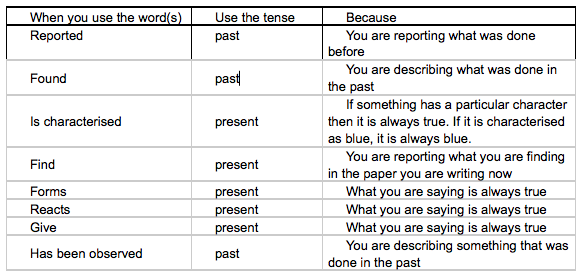This week, I thought I’d give you insight into how I go about the editing process and what’s involved. I hope this week’s blog will also show you how much better an editor can make your manuscript. I’m using (with permission from the author) an example from some work I performed recently on a book about the uses of 3D printing.
The sentences began the editing process looking like this:
The 3D printed attachment was used for a microsphere fluorescence immunoassay of anti-recombinant bovine somatotropin (rbST) antibodies in milk extract. It consisted of (1) a cellphone holder, (2) a sample tray, (3) twelve UV LEDs (wavelength = 380 nm), (4) two white light LEDs, (5) a battery compartment, (6) a mechanical lid, (7) an optical filter, and (8) an aspherical lens, as shown in Figure 3.1.
As you read through the second sentence, the flow of reading gets stopped every time you get to a number in brackets. If the second sentence was a caption for a figure, and the figure had the parts labelled with numbers, then this list would work well. But as this sentence was in the middle of a paragraph, the numbers were not appropriate. So, as the editor, I took the numbers out.
The difficult sentence then looked like this:
It consisted of a cellphone holder, a sample tray, twelve UV LEDs (wavelength = 380 nm), two white light LEDs, a battery compartment, a mechanical lid, an optical filter, and an aspherical lens, as shown in Figure 3.1.
After my initial edit, the manuscript went back to the author for his input. When he got to the sentence he was worried by it. He thought that without the numbering, the list of parts looked too long. He wrote his concerns in a comment and sent the manuscript back.
I really appreciated his feedback and could see what he was saying. His comment made me look back at the sentence again and see if we could make it both clear and easy to read. I had a look at the figure (Figure 3.1) to see if all the parts were labelled, and it turned out that some of the parts were labelled but some were not mentioned.
That led me to change the sentence again. This time it looked like this:
The 3D printed attachment (shown in Figure 3.1) was used for a microsphere fluorescence immunoassay of anti-recombinant bovine somatotropin (rbST) antibodies in milk extract. As well as the components shown in Figure 3.1, the attachment contained an optical filter, and an aspherical lens.
But there was a loss of information in changing the sentence this way. The white and UV LEDs were labelled in the figure, but the figure did not state how many of each LED there were. So I also adjusted a sentence further down in the manuscript:
The two white LEDs were used to perform dark-field imaging of all the microspheres, and the twelve UV LEDs were used to excite fluorescent QD-labeled antibodies.
Now all the information was present in the manuscript and the paragraph was easy to read.
I hope you can see from this little story how an editor and author can work together to make something of beauty from a rough manuscript. If you would like your manuscripts to be polished to make it beautiful, upload your manuscript to fixmyenglish.com.au or write me an email at Ruth@fixmyenglish.com.au
I am happy to help you out.










